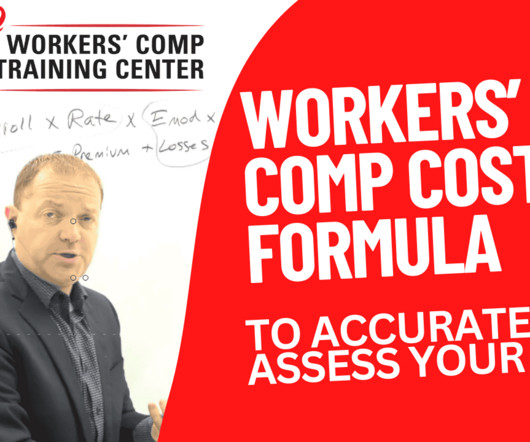Part 3: Workers’ Comp Independent Premium Audits Explained
AMAXX
MARCH 24, 2025
This post is one in a 3-part series: Part 1: Workers Comp Independent Premium Audits Explained Part 2: Workers Comp Independent Premium Audits Explained Part 3: Workers Comp Independent Premium Audits Explained To qualify for this treatment, construction employers must keep meticulous records specifying exact hours worked per classification code.













Let's personalize your content